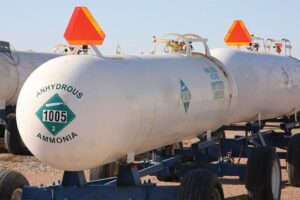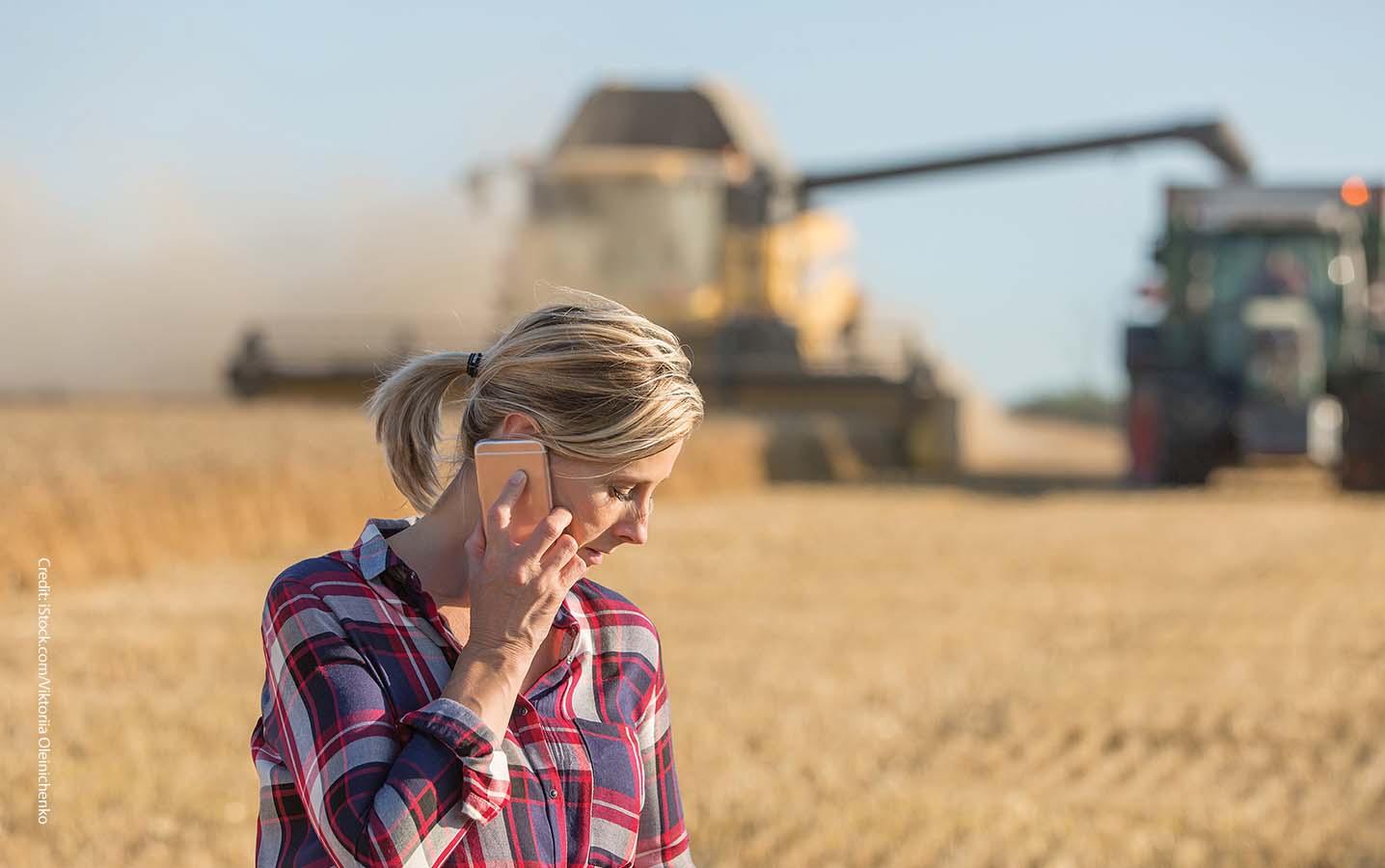A Contingency Plan For Health
How will the farm function if one of the major players has a serious injury, illness or dies? A good answer takes some planning. Create “What if” scenarios, plan how to work through these scenarios, and share these plans with every member of the farm team.
We all know that agriculture can be dangerous, but it’s not a topic that we like to talk about. A study conducted by SMARTRISK shows that in 2009, agriculturerelated injuries in Canada caused 295 deaths, 107 permanent and total disabilities, another 1,325 permanent partial disabilities, 4,558 hospitalizations and 76,049 emergency department visits. These numbers are still comparable today.
These injuries have a direct physical and psychological impact on the people involved, including friends and family, and they have a direct impact on the farm business.
To add cold hard numbers, the same study showed that the cost of farm-related injuries to the Canadian economy in that same year was over $373 million. To give you an idea of the economic burden of a farm injury, Worksafe BC has a tool, although it’s not specific to agriculture. Go to worksafebc.com and search for “Workplace incident cost calculator”.
“Planning ahead is one of the best things that anyone can do to ensure the safety and success of their farming operation.”
-Robin Anderson
But what does that mean for you, as farmers? Well for one thing, it’s important to take these numbers seriously because a farm accident can have a profound impact on you as an individual, on your family, friends, partners and team, and also on the farm business and the bottom line.
When one of the major players has a serious injury that stops them from working, the family has to deal with the direct emotional and psychological effects, and someone has to keep things going. Crops and livestock don’t take care of themselves.
Without a backup plan, that could be the end of the farm.
Most of us don’t like to think about serious injury, disability or death, especially at a younger age, but it’s important to do exactly that. Farmers need to prepare, just in case.
“Planning ahead is one of the best things that anyone can do to ensure the safety and success of their farming operation,” says Robin Anderson at the Canadian Agricultural Safety Association (CASA). “Creating a farm safety plan, training for all that work on the farm, creating safe play areas, and providing supervision for children are simple ways that all farming families can do to help reduce the likelihood of injury.”
This stresses the importance of planning in all aspects of the farm business. Create “What if” scenarios, plan accordingly and share these plans with every member of the farm team. Part of the planning process should identify all the essential tasks of the farm, including the business management activities, and then train and involve someone else in each essential task. Writing everything down so it can be referenced when needed. How often have we heard about farms whose transition plans weren’t enacted as planned due to serious injury or death of the farmer owner?
The added benefit is that these plans won’t just be useful if something bad happens, they will help to ensure that fewer incidents occur.


Actions For Your Contingency Plan
Here are a few actions that farmers can take to ensure adequate safety planning:
- Provide regular occupational health and safety training to all workers (including the owners). (e.g., WHMIS)
- Make sure at least one person on the farm has first aid and CPR training and that someone with first aid skills is present on your farm during working hours.
- Ensure complete first aid kits are always readily available and accessible to everyone on the farm. Keep these kits stocked and well maintained.
- Ensure everyone has access to safety equipment that is regularly tested and maintained.
- Ensure proper signage for equipment, buildings, chemicals and dangerous areas on the farm.
- Ensure farm equipment and buildings are outfitted with the appropriate safety features and undergo regular maintenance.
- Have clear emergency procedures available and train all workers so they understand what to do in case of an accident (e.g., injury, spill, entrapment).
- Investigate options for disability or injury insurance, for you and your workers, and put the appropriate measures in place.
- Make sure everyone working on the farm has access to health insurance (e.g., private, provincial Workers’ Compensation Board).
- Make sure everyone working on the farm has access to mental health support and counselling.
- Investigate incidents and implement corrective action (e.g., new safety measures, training, etc.) to reduce their likelihood.
- Report all accidents as soon as possible to the appropriate authorities (e.g., a farm manager, the Occupational Health and Safety Division and, if required, the Workers’ Compensation Board).
- Conduct a health and safety audit of the farm on an annual basis to ensure appropriate measures are in place to maintain a safe and healthy working environment.
- Have a formal, written farm safety plan that is regularly reviewed and updated to conform with changes to the business and operations.
- Have formal, written standard operating procedures outlining safety protocols.
CASA offers an excellent template called the “Canada FarmSafe Plan”, which is accessible for free. Go to the CASA website at www.casa-acsa.ca and search for “Canada FarmSafe Plan”.
We all wish that every farm could run smoothly and safely all the time, however the statistics don’t lie – accidents happen. Don’t become a statistic. Create a plan to keep your farm, family and farm team safe and healthy, and to keep the farm operational if an incident does occur.
CASA offers an excellent template which is accessible for free. Go to the CASA website at www.casa-acsa.ca and search for “Canada FarmSafe Plan”.





